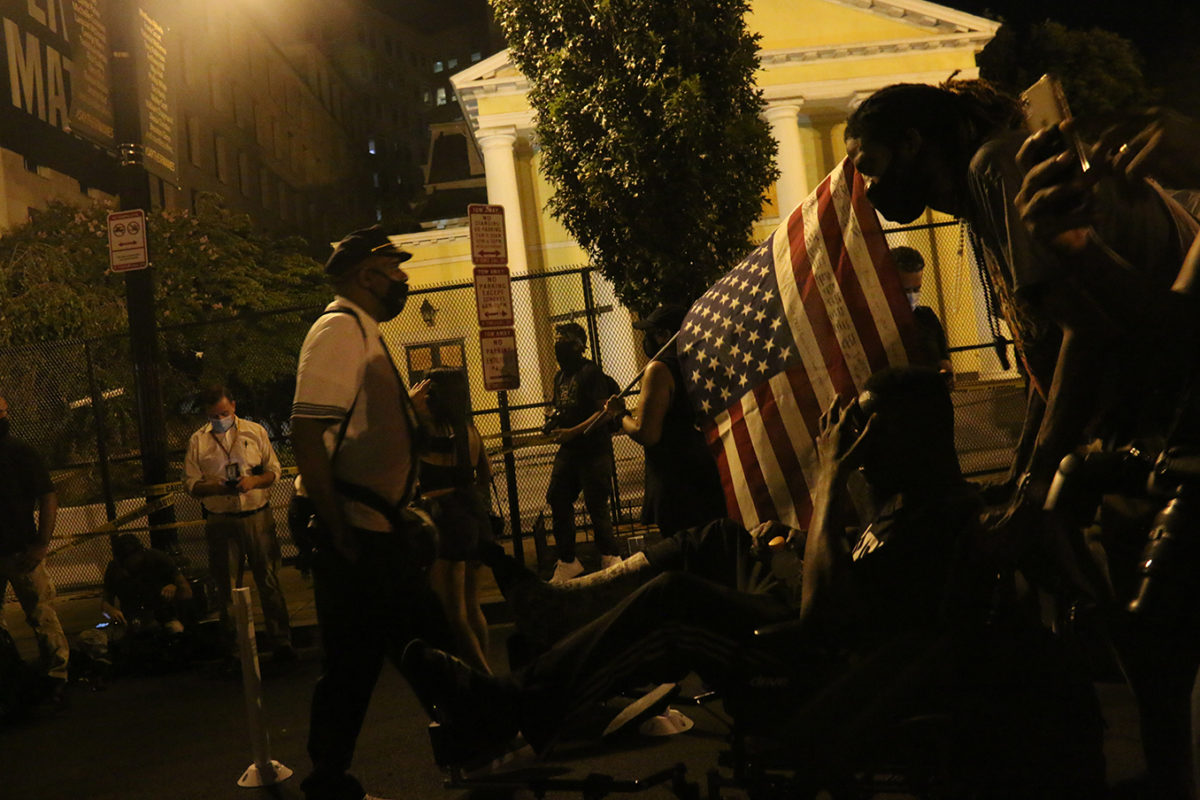
I. Tuesday, August 25, 2020—10:00 a.m.
You have reached your article limit
Sign up for a digital subscription and continue reading all new issues, plus our entire archives, for just $1.50/month.
Already a subscriber? Sign in
A Tin Can Full of Covid Risks, A Pink-Fro-Hawked Mother of Five, The First Black-Owned Credit Union in the United States, Wolf Whistle, Monoliths of Our Media Age, America’s Pietà, Sister Ivy, A Bright Yellow Black Lives Matter Tank Top, A Blitzkrieg of Fireworks, This Difficult and Burning Age, Bless Your Life, Good Trouble, A Cathedral of Civil Unrest, Belief

Sign up for a digital subscription and continue reading all new issues, plus our entire archives, for just $1.50/month.
Already a subscriber? Sign in